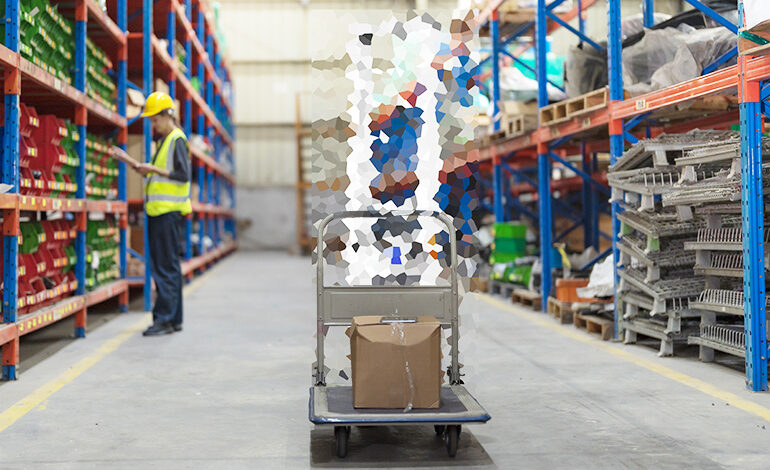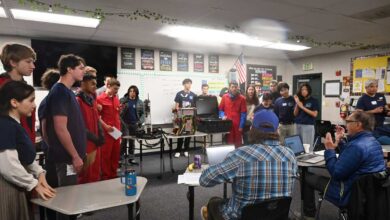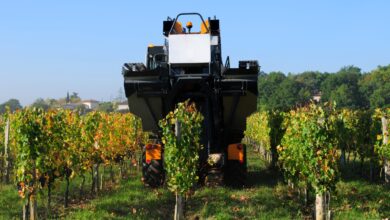Collaborative Robotics expands with new Seattle office and AI team

|
Listen to this article |
Collaborative Robotics has kept its actual robot out of public view. | Source: Adobe Stock, Photoshopped by The Robot Report
Collaborative Robotics, a developer of cobots for logistics, today announced the establishment of a Foundation Models AI team. Michael Vogelsong, a founder of Amazon’s Deep Learning Tech team, will lead the new team in Seattle.
“Our cobots are already doing meaningful work in production on behalf of our customers,” stated Brad Porter, CEO of Collaborative Robotics. “Our investment in building a dedicated foundation models AI team for robotics represents a significant step forward as we continue to increase the collaborative potential of our cobots.”
“The foundation models AI team will explore the cutting-edge possibilities of AI in enhancing robotic capabilities, particularly in the area of bimanual manipulation and low-latency multimodal models,” he added. “We aim to achieve a new level of comprehension and control in our robots, enabling them to understand and respond effectively to complex tasks and environments. I am looking forward to seeing the innovations this talented team creates.”
Collaborative Robotics keeps its system under wraps
In April, Collaborative Robotics closed its $100 million Series B round toward commercializing its autonomous mobile manipulator. The company has been very secretive about the actual design of its system, releasing only scant details about the payload capabilities and the fact that is a wheeled collaborative robot.
At the time, Porter told The Robot Report that the new cobot’s base is capable of omnidirectional motion with four wheels and a swerve-drive design, along with a central tower-like structure that can acquire, carry, and place totes and boxes around a warehouse.

Brad Porter of Collaborative Robotics (far right) participated in a debate on whether humanoid robots are reality or hype at Robotics Invest this week in Boston. Credit: Eugene Demaitre
Foundation AI models coming to robotics
Foundation AI models are currently one of the hottest topics in robotics, with many companies investing in both talent and intellectual property to develop the technology. Foundation models offer the promise of generalizing behaviors and reducing the effort to build and maintain special-purpose models.
Collaborative Robotics said its new Foundation Models AI team will concentrate on integrating advanced machine-learning techniques into its production robots. By combining existing foundation models, novel research, and strategic partnerships with the practical experience from running systems live in production environments, the team aims to improve the adaptability and precision of robotic tasks.
Building on the company’s earlier work in developing an Auditable Control and Planning Framework (ACoP), this research will explore how models that process text, vision, and actions can interact and create a real-time feedback loop for adaptive control.
The company also announced a that it is funding Ph.D. work at the University of Washington through a “significant” gift. This gift will sponsor the research of Prof. Sidd Srinivasa, an academic leader in AI and robotics, who also serves as an advisor to Collaborative Robotics.
“The collaboration with Cobot supports our ongoing research at the University of Washington,” said Srinivasa. “Cobot’s commitment to advancing AI and robotics aligns well with our research goals and will help us advance robotic capabilities across multiple dimensions and particularly in the area of bimanual manipulation. ”
Collaborative Robotics plans this month to open its Seattle office, which will serve as a hub for these advanced research activities. The company said it expects the city’s tech ecosystem to support its expansion and research goals.



